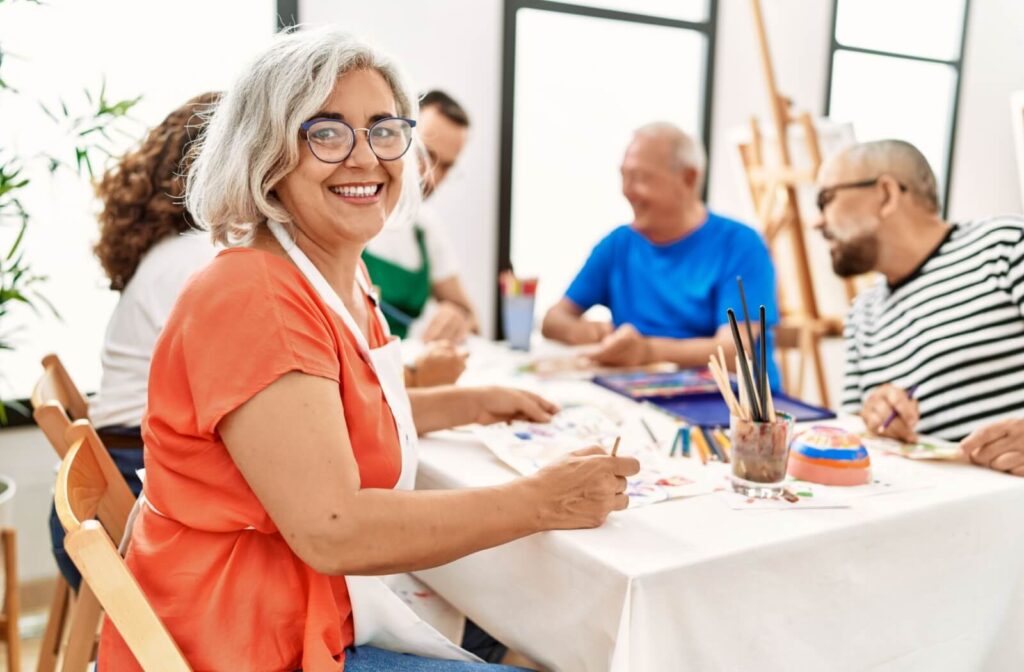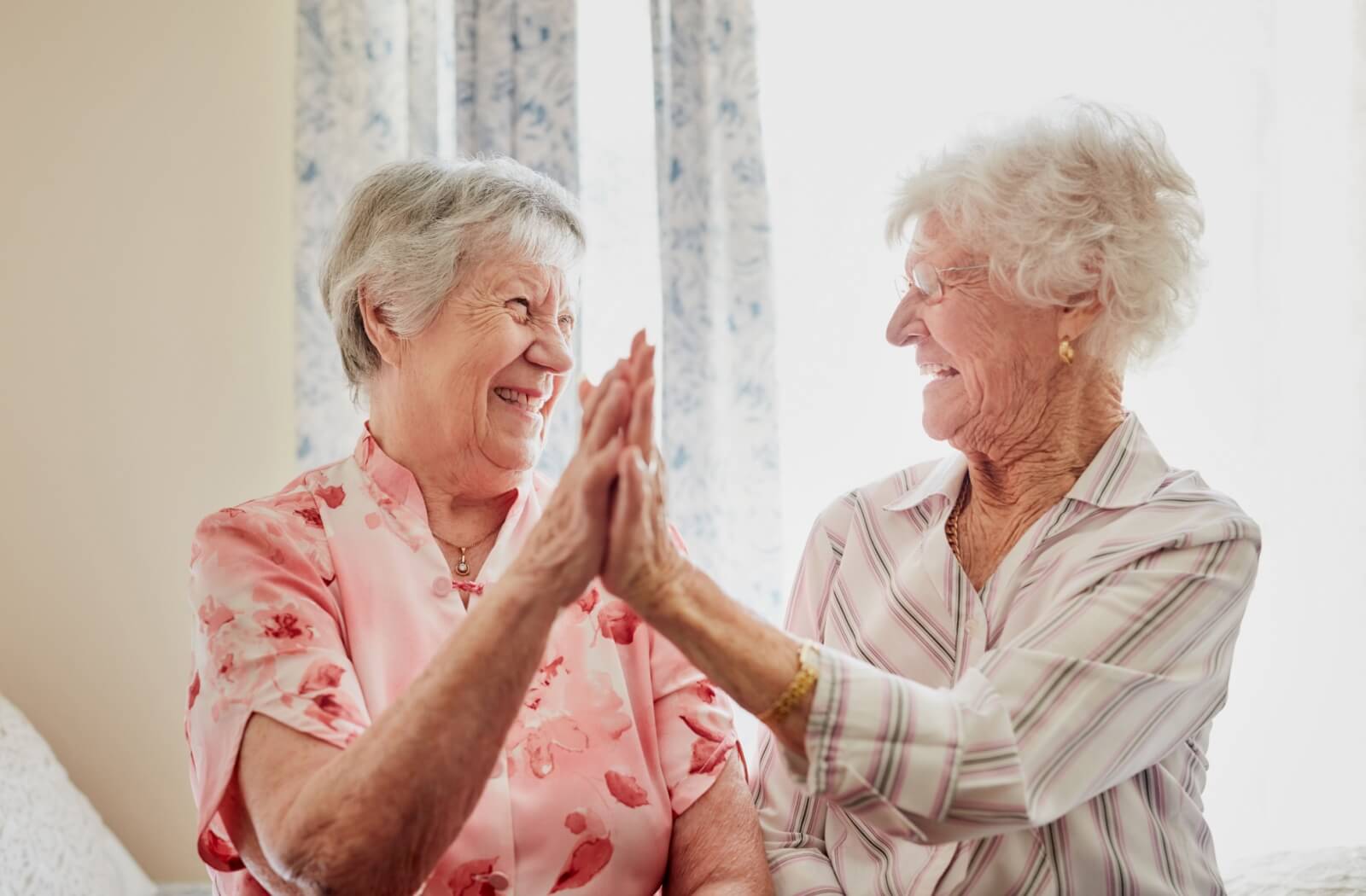Key Takeaways
- Senior living communities offer a supportive and safe environment that fosters residents’ overall well-being.
- Opportunities for social engagement help seniors build meaningful connections and combat isolation.
- Personalized care and services cater to the unique needs of each individual, promoting independence and dignity.
- Engaging activities and amenities help residents stay physically active, mentally sharp, and socially connected.
- These communities offer peace of mind for families, knowing their loved ones are cared for in a thriving environment.
5 Ways Senior Living Enhances Quality of Life
Senior living communities provide a supportive, safe, and socially engaging environment that enhances the daily lives of older adults. From fostering meaningful social connections to providing personalized care, senior living enhances quality of life in key ways, promoting independence and dignity while combating isolation.
Communities like All American Assisted Living at Coram are designed to help residents thrive and provide peace of mind for families.
What Is Senior Living?
Senior living is a broad term for residential communities designed for older adults. These communities offer a range of care levels to meet individual needs, promoting independence while providing essential support. Common types of senior living include:
- Assisted Living: This option is ideal for seniors who are generally independent but may require assistance with daily activities, such as medication management, meal preparation, or personal care. It combines housing with supportive services, allowing residents to maintain their autonomy in a safe environment.
- Memory Care: For people living with Alzheimer’s disease or other forms of dementia, memory care provides a secure and structured environment. Specialized staff provide personalized care, engaging activities, and routines designed to support cognitive function and ensure the safety of residents.
- Respite Care: This is a short-term care option for seniors, often used when a primary caregiver needs a break or when an older adult is recovering from surgery or other medical procedures. Respite stays provide full access to the community’s amenities and care services without a long-term commitment.
No matter the level of care required, these options are designed to support seniors in leading fulfilling and dignified lives. Choosing the proper care ensures peace of mind for both residents and their loved ones.
What Are 5 Ways Senior Living Improves Quality of Life?
Modern senior living communities prioritize a holistic approach to well-being, enriching lives in numerous ways.
1. A Strong Sense of Community
Loneliness and social isolation can have a profound impact on the health of older adults. Senior living communities are designed to foster connection. With shared dining rooms, organized social events, and common areas for hobbies and relaxation, residents have endless opportunities to build meaningful friendships with their peers.
2. Enhanced Safety and Security
Safety is a primary concern for many families. Senior living communities offer a secure environment with features such as 24/7 staff, emergency call systems, and accessible designs to prevent falls. This peace of mind is invaluable, allowing residents to live with confidence and families to rest easy.
3. Maintenance-Free Living
Homeownership comes with endless chores, from lawn care and housekeeping to unexpected repairs. Senior living eliminates these burdens. With housekeeping, laundry, and maintenance services included, residents can spend their time and energy on activities they truly enjoy rather than on household upkeep.
4. Access to Quality Care
As needs change, having access to care is crucial. Senior living communities provide personalized support tailored to each resident’s unique needs. Whether it’s assistance with daily tasks in assisted living or the specialized support in memory care, compassionate caregivers are always available to help.
5. Engaging Activities and Amenities

Life in a senior living community is full of opportunities. Residents have access to a wide array of amenities and activities designed to enrich their lives. These can include fitness classes, art workshops, educational lectures, game nights, and group outings. This focus on engagement helps keep residents physically active, mentally sharp, and socially connected.
How Does All American Assisted Living Step Up for Families?
At All American Assisted Living at Coram, we believe senior living should be about embracing a new chapter filled with comfort, care, and connection. Our community is designed to help residents thrive while enjoying the independence they cherish.
- Assisted Living, Memory Care, and Respite Options: Tailored lifestyles to meet individual needs while promoting independence.
- Home-Cooked Meals and Cozy Suites: Nutritious, delicious dining and private accommodations for a true sense of home.
- 24/7 Compassionate Care: Dedicated caregivers are available to provide support and peace of mind.
- Warm, Welcoming Community: A family-like atmosphere where residents build meaningful connections and friendships.
Discover a place where care, comfort, and connection come together to create a vibrant and fulfilling lifestyle. Here, every day is an opportunity to thrive in a community that feels like home.
How Families Benefit from Senior Living Communities
The advantages of senior living extend to the entire family. When a loved one moves into a community, family members are relieved of the stress of primary caregiving. This allows them to shift their focus from being a caregiver back to being a spouse, child, or grandchild. The time spent together becomes more about forming a quality connection and making memories, knowing their loved one is safe, happy, and well cared for.
At All American Assisted Living at Coram, we understand the importance of finding the right fit for your loved one. Our community is designed to foster happiness, safety, and engagement, providing everything seniors need to thrive and flourish.
Contact us today to discover more about our personalized care services, which include engaging activities and a warm, welcoming atmosphere. See for yourself the difference senior living can make.





